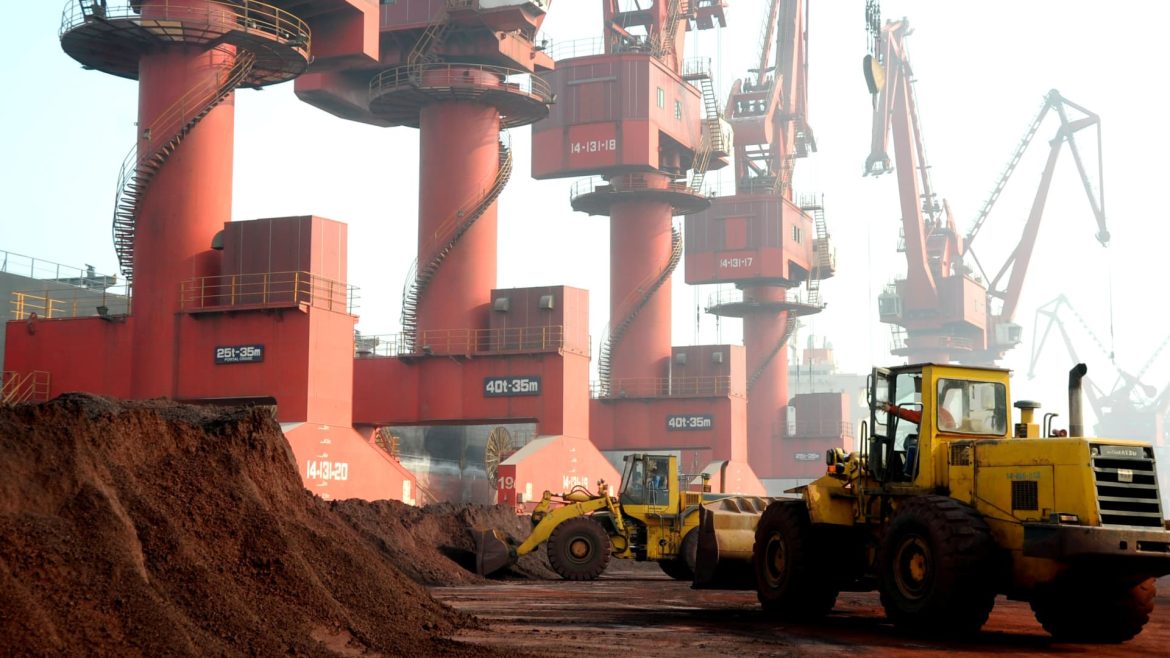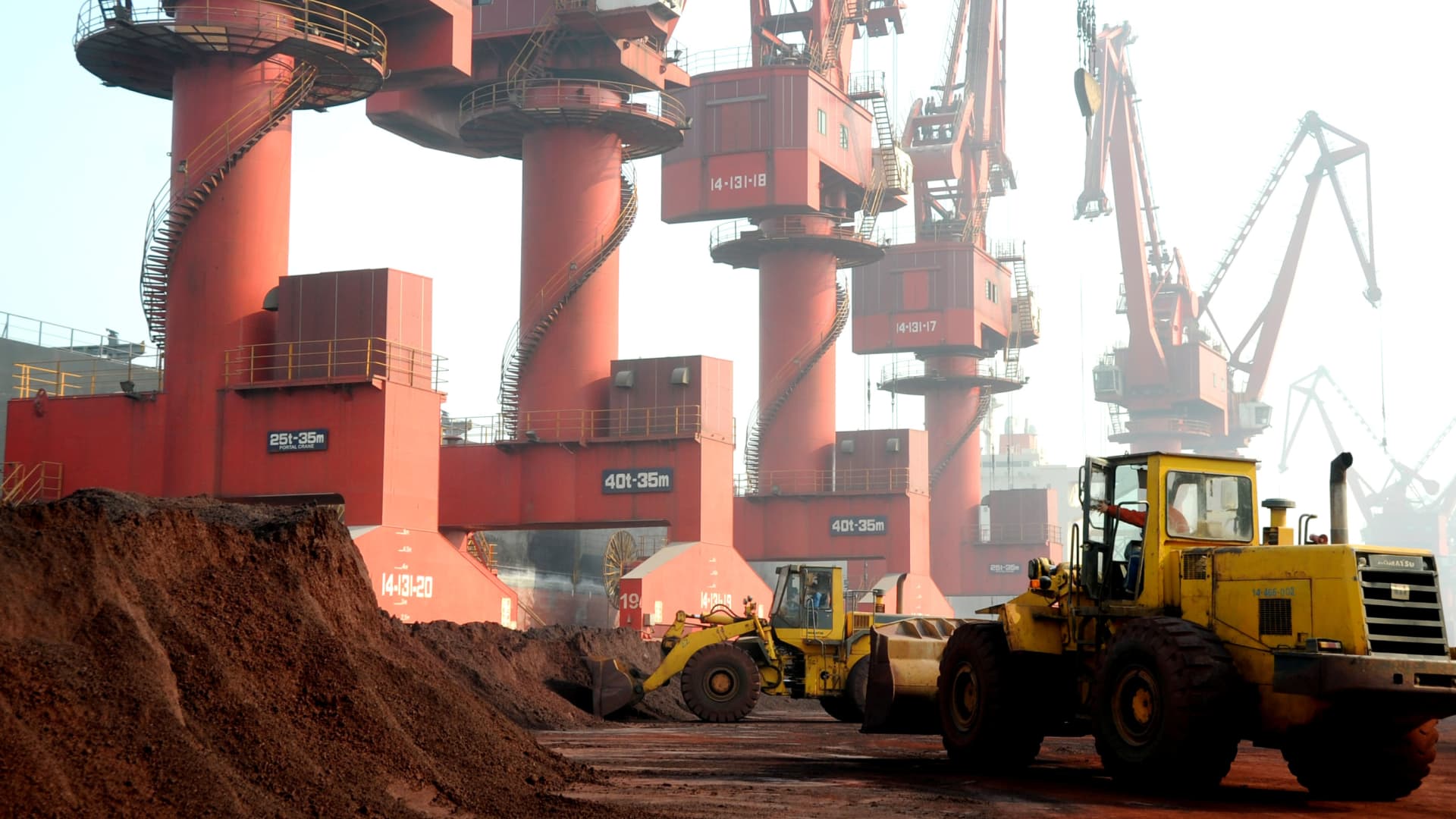The global automotive industry is grappling with a pressing challenge as China’s recent curbs on rare-earth exports are poised to disrupt production lines worldwide. This unfolding situation centers on the rare-earth magnets and elements predominantly produced by China, which are integral to a range of automotive components, especially in electric vehicles (EVs) and advanced safety systems.
The Critical Role of Rare Earths in Automotive Manufacturing
Rare earth elements (REEs) are a group of 17 metallic elements crucial for manufacturing high-performance magnets, sensors, and electronic components. In the automotive sector, these materials are vital for:
– Windshield wiper motors
– Anti-lock braking systems (ABS) sensors
– Electric vehicle motors
– Advanced safety and electronic systems essential for modern car functionality
Due to their unique magnetic and conductive properties, rare earth magnets enable more efficient, lightweight, and compact designs, which are fundamental to the ongoing shift towards electrification and smarter vehicles.
China’s Dominance and Export Controls
China currently dominates the rare earth market, producing approximately 90% of the world’s supply. The country’s Ministry of Commerce enacted export restrictions in early April 2025 on several rare earth elements and magnets, tightening control of these strategic materials. This move has amplified global concern since rare earths are:
– Critical for manufacturing advanced automotive components
– Difficult to quickly substitute or source from competing markets
– Subject to complex, resource-intensive extraction and processing
The export curbs have prompted alarm within the global auto sector, with industry leaders warning of potential production stoppages within weeks if the supply shortage persists.
Industrial and Geopolitical Implications
The implications of China’s rare earth curbs go beyond mere supply chain disruptions; they highlight pressing geopolitical and industrial vulnerabilities:
– Automaker Production Risks: Car manufacturers, particularly in the United States, Europe, and Japan, face the prospect of halted assembly lines due to shortages of critical components reliant on rare earth magnets.
– Economic Pressure: Automotive supply chains are intricately globalized. Disruptions in the rare earth supply reverberate through countless tiers, risking job losses and economic slowdown in automotive manufacturing hubs.
– International Relations: The European Union has formally expressed concern over the ‘alarming situation’ caused by China’s export restrictions. Diplomatic efforts are underway to urge China to loosen controls, illustrating how rare earths have become leverage points in global trade and political negotiations.
– Diversification Efforts: In response, urgent initiatives to secure alternative supply chains are accelerating. These include attempts to develop rare earth mining and processing operations in Africa, Brazil, Southeast Asia, and North America to reduce dependency on Chinese exports.
Broader Industrial Anxiety and Market Impact
The rare earth shortage is causing panic not only in automotive circles but also across the electronics industry, which similarly relies on these elements. The London Metal Exchange’s benchmark pricing for rare earths reflects growing volatility and uncertainty, signaling potential price escalations and market instability.
Moreover, the dependency on China for rare earths underscores broader supply chain risks highlighted during recent global events. Efforts are intensifying worldwide to:
– Develop domestic rare earth production capabilities
– Enhance recycling and reuse of rare earth materials from used electronics and vehicles
– Innovate alternative materials and technologies to reduce rare earth reliance
The Road Ahead: Challenges and Opportunities
Short-Term Challenges
The immediate outlook remains precarious. Auto manufacturers risk factory shutdowns if supply disruptions persist, with potential cascading effects on:
– Employment levels across manufacturing regions
– Automotive product availability and costs
– Progress toward climate goals reliant on EV adoption
The urgency of the situation compels stakeholders to engage in rapid mitigation, including inventory stockpiling and seeking interim suppliers.
Long-Term Opportunities
This crisis may catalyze structural changes in the global rare earth ecosystem:
– Supply Chain Resilience: Enhanced diversification and domestic production could stabilize future availability.
– Technological Innovation: R&D in alternative magnet technologies and materials substitution may yield breakthroughs less dependent on scarce elements.
– Circular Economy: Expanding rare earth recycling could reduce environmental impact and supply pressures.
Such strategies could collectively rebalance global dependencies and foster more sustainable industrial practices.
Conclusion: A Defining Moment for Global Automotive Supply Chains
China’s rare earth export curbs have spotlighted the fragility of global automotive supply chains and triggered urgent concerns about production continuity. The overwhelming dependence on Chinese rare earths for critical automotive components has thrust the world into a high-stakes scenario where supply security and strategic resource management are paramount.
This situation is not only a call to action for diversifying and securing alternative rare earth sources but also an opportunity to innovate and transform automotive manufacturing towards greater resilience. The actions taken in the coming months will likely shape the industry’s trajectory, influencing everything from production capacity to international trade dynamics and technological advancement.
In navigating this challenge, the automotive world stands at a crossroads—a moment that may well define the future balance of industrial power, resource control, and global economic stability for years to come.





